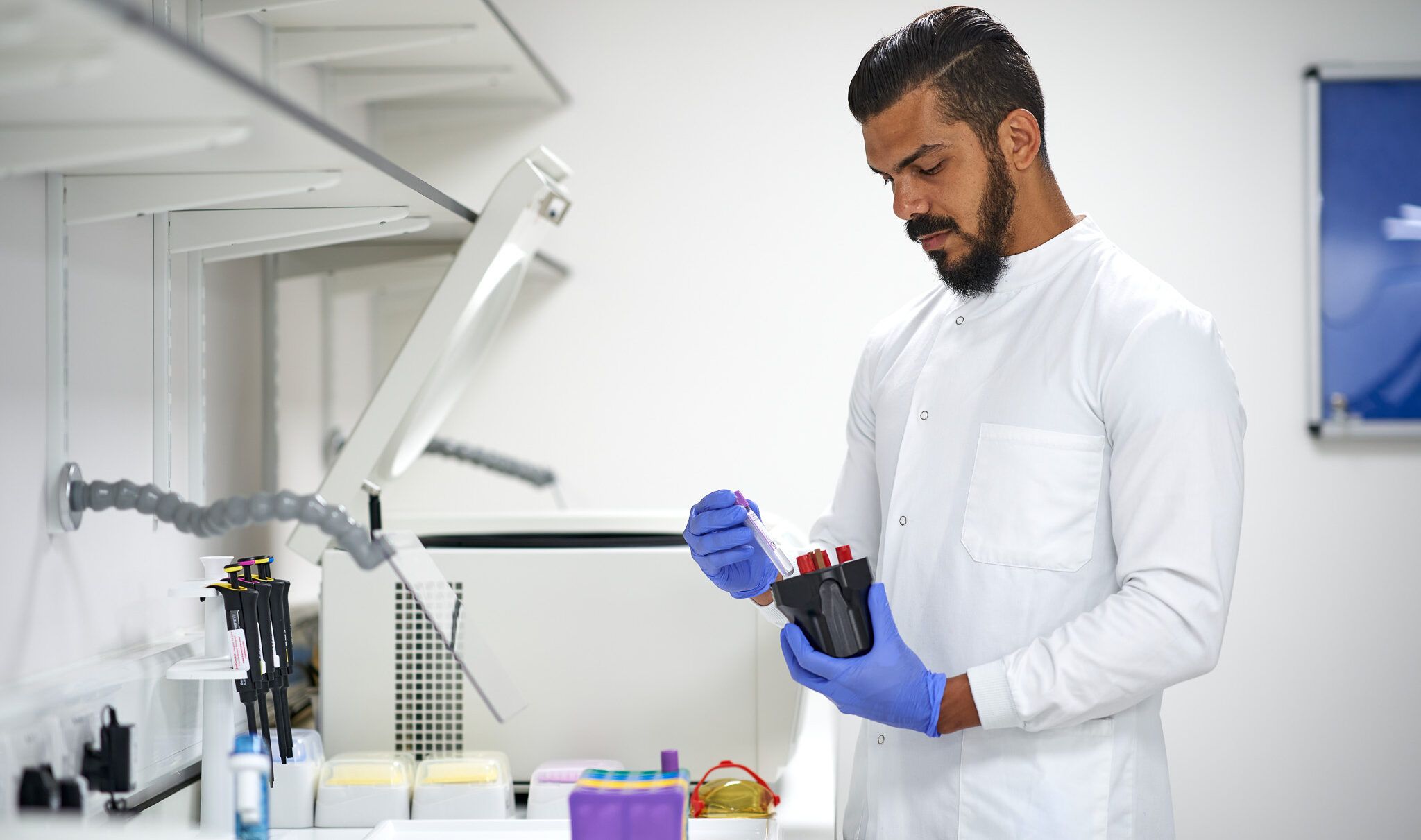Fitness app could transform care of rheumatoid arthritis patients
Researchers at BHP members Sandwell and West Birmingham NHS Trust and the University of Birmingham aim to transform the care of rheumatoid arthritis (RA) patients by developing an app which links to the Fitbit – a popular activity tracker.
The rheumatology medical team and researchers are leading the groundbreaking clinical trial to create the app which they hope will ease the pain of patients suffering from the crippling disease and provide extra support.
It’s called MISSION-RA which stands for MovIng to Support Sustained Improvement of Outcomes iN Rheumatoid Arthritis.
Sally Fenton, Chief Investigator for the study, said: “The app will be specifically designed for and by people with RA.
“This will be done in two ways. Firstly, a series of interviews, co-design studies and workshops will be carried out to develop the app. Then, artificial intelligence will be used within the app to provide personalised support for people living with RA, based on symptoms such as pain, fatigue and mobility. It is expected the app will be available to download for free so it can be used on a Fitbit in the future.”
RA leads to inflammation of the joints and surrounding tissues which causes flare ups – this is when symptoms become worse. One of the ways to help ease these episodes of pain can be through exercise, physiotherapy and occupational therapy.
Dr Sangeetha Baskar, Clinical Specialty Lead for Rheumatology and Principal Investigator for MISSION-RA explained: “Rheumatoid arthritis is an extremely painful, tiring, psychological and physically debilitating disease. Patients face countless challenges while doing basic daily activities such as dressing, cooking and walking and often become dependent on family members to perform some of their daily tasks. Through this innovative study and the mobile app, we are hoping to help patients increase their physical activity tailored for them and improve their quality of life.”
The first patient from the Trust has already been recruited into the study.
Ana Duarte, Clinical Research Practitioner (CRP) and also Associate Principal Investigator, said: “Overall, the MISSION-RA study has overcome our initial expectations. Patients are very keen and have enjoyed their experience so far. This has also been a great opportunity for the study staff which has led to progression in their careers. Most importantly, this we hope will place SWB’s R&D department and rheumatology team as international leaders in healthcare AI and machine learning.”
MISSION-RA is being delivered in partnership with the National Institute for Health and Care Research (NIHR) and National Rheumatoid Arthritis Society (NRAS).

